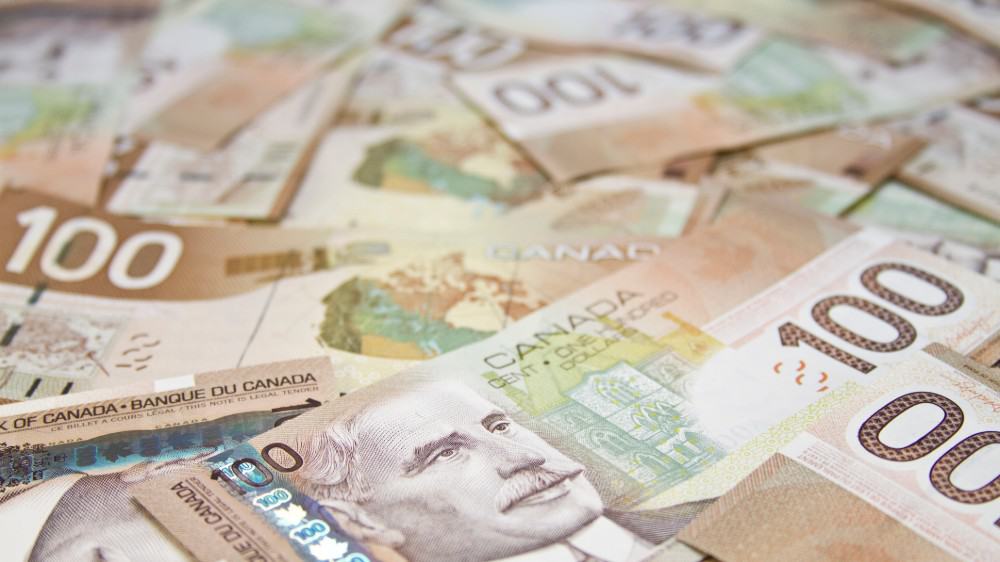The Canada Revenue Agency (CRA) extended the Canada Emergency Response Benefit (CERB) until September to help Canadians who are out of work because of COVID-19. The $2,000 benefit payment did come in handy in these tough times. There are ongoing discussions in the House of Commons on the next steps after the CERB ends in September.
Many Canadians are concerned whether the CRA will take back their CERB, or end this benefit. There are also doubts as to whether Prime Minister Justin Trudeau will extend the CERB further.
The government can’t suddenly pull out all the COVID-19 response benefits, or else, the economy will collapse. Hence, it is adopting a phased approach to reduce the benefits. For instance, the extended CERB payments came with an additional clause, which required claimants to actively seek work. The government even opened a job bank to help people search for jobs.
The CRA will take back some portion of the CERB
Whether or not the CRA extends the CERB, you should know that this benefit will end sometime in the short term. While these payments are helping you pay your present bills, they will add to your tax bill in the future. After all, the benefit is coming from the taxpayer’s money.
So far, any Canadian who meets the eligibility criteria between March 15 and October 2 can claim the CERB of up to $12,000 for 24 weeks. This amount will add to your taxable income. For instance, Jack earned $24,000 in the 2020 tax year, after including his CERB payments. He will face a federal tax bill of $1,800 after deducting the personal amount credit of $12,069.
On top of the federal tax, Jack will have to pay a provincial income tax. For instance, he stays in Ontario, which has a tax rate of 5.05% for the first $44,740 of taxable income. He will face a provincial tax bill of around $680.
The CRA paid Jack $12,000 in CERB payments, and it will take back around $2,500 (20.05%) back in the form of income tax.
CERB is for everyone, but emergency GST credit is only for taxpayers
The CRA has paid out CERB payments to every eligible Canadian, whether or not they filed their tax returns. However, it gave an additional advantage to those who filed their 2018 tax returns. These Canadians got an extra Goods and Services Tax (GST) credit of up to $400.
Going back to the previous example, Jack meets all the eligibility criteria for CERB, and he files his tax returns regularly. Hence, he received an extra $400 GST credit in April, and this amount was not added to his taxable income.
You can have a personal CERB-like payment
The CRA gives many tax credits to its taxpayers. By investing these tax credits, and $100 a week from your working income in a growth stock, you can earn your CERB-like payment in the long-term. One good investment where your money can grow faster than the market is the iShares S&P/TSX Capped Information Technology Index ETF (TSX:XIT).
The ETF gives you exposure to some of the best tech stocks trading on the Toronto Stock Exchange. The technology industry is very volatile, as there are disruptive technologies that can make and break a market leader.
Investing in a market leader may fetch average returns, but investing in a future market leader will fetch extraordinary returns. The XIT ETF diversifies its portfolio across tech leaders and tech startups. For instance, it has exposure in both Shopify, the second-largest e-commerce platform, and Lightspeed POS, which launched its IPO just last year.
The XIT ETF has generated 19% average annual returns in the last 10 years. Even if the ETF generates 12% average annual returns in the coming 10 years, your $52,000 contribution ($100 every week for 10 years) will convert into $98,000.
Investing tip
When you need a personal CERB-like payment, you can put this amount into a high-dividend stock like RioCan REIT. If you invest using a Tax-Free Savings Account (TFSA, it will allow your investments to grow tax-free. And this income coming from your TFSA will be excluded from your taxable income.










